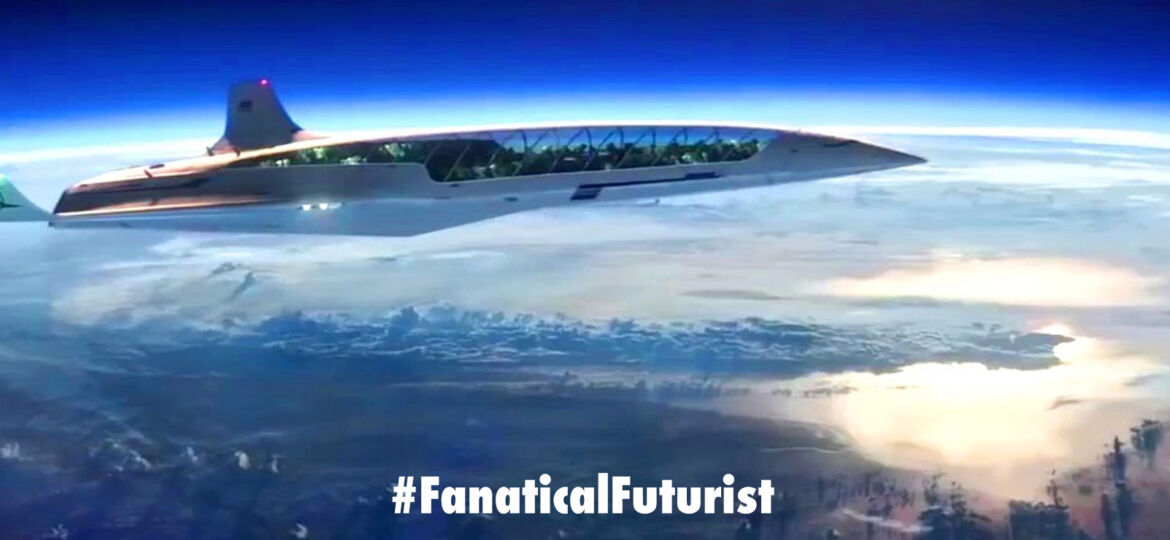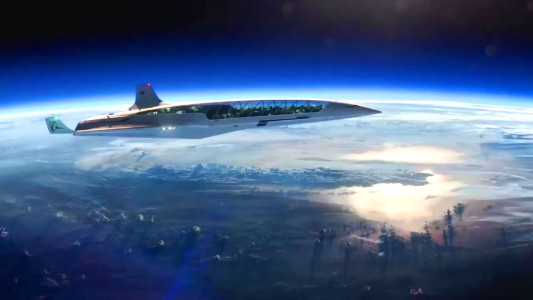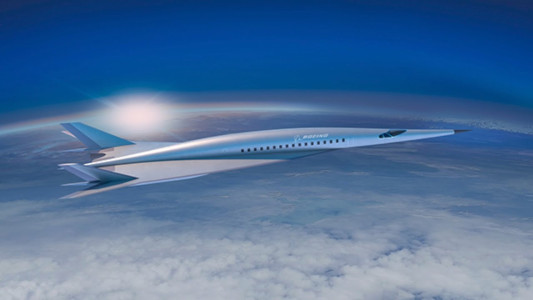
WHY THIS MATTERS IN BRIEF
The future of transportation is fast, very fast, and companies are once again getting serious about building commercial hypersonic aircraft.
It’s a vision of the future that could someday jet people from the Los Angeles to Tokyo in just three hours or cut the time of a flight between New York and London down to just two, and it’s just one of an increasing number of visions for the future of fast global transportation vehicles that include supersonic aircraft like those from Boom and Lockheed Martin, and more audaciously Mach 27 rockets that criss cross the world in just 30 minutes or less from companies such as Elon Musk’s SpaceX.
Recently Boeing unveiled a rendering of their first ever design for a hypersonic passenger plane at an aerospace conference in Atlanta, but while that’s big news in itself one of the most interesting points, in my book at least, is the fact that this aircraft will likely be dual use, in other words it’s not just a “traditional” albeit hypersonic commercial aircraft, but the vision also included turning the aircraft into a stunning hypersonic space plane – an idea that’s been gaining traction as the concept of space tourism takes off with companies like Virgin Galactic who recently successfully tested their second space plane in the US a few weeks back. However, while the idea and potential of the plane will generate plenty of buzz, this is a concept that is likely decades from being built.
The hypersonic passenger plane could, in theory, fly as fast as Mach 5, or just under 3,900 miles per hour. That would allow the plane to carry passengers between Los Angeles and Tokyo in roughly three hours. A flight from New York to London could be as quick as two hours. Right now, those flights take about 11 hours and 7 hours, respectively.
Boeing CEO Dennis Muilenburg is pushing the aerospace giant to explore the potential of ultra-fast passenger planes.
“I think in the next decade or two you’re going to see them become a reality,” Muilenburg told CNBC recently. “We see future innovations where you could connect around the world in about two hours.”


















